International Fascination of Plants Day, 18th May, has been celebrated since 2012 and has provided a focus for plant enthusiasts to share their interest and passion for the amazing world of plants. Last year events across 51 countries were held. While we are still primarily working from home the Staff and Honorary Research Associates of the Science and Conservation programme at the Botanic Gardens and State Herbarium (South Australia) decided to celebrate by sharing some of the plants they find fascinating!
Enjoy!
Michelle Waycott
Chief Botanist
| Griffithsia monilis, a small, annual alga with delicate chains of ruby coloured cells, looking like sweets good enough to eat, spectacular under the microscope—Bob Baldock |   |
| Cephalotus follicularis (Albany Pitcher Plant), is a single species in its own family and endemic to near where I grew up in south Western Australia. These carnivorous plants are fascinating because they are not closely related to any of the other carnivorous plants such as Drosera (sundews)—Michelle Waycott |  |
| Ginkgo biloba, Royal Botanic Gardens Kew, on its 250th anniversary in 2012, with admiring cohort of ‘geriatric teenagers’—Pam Catcheside | 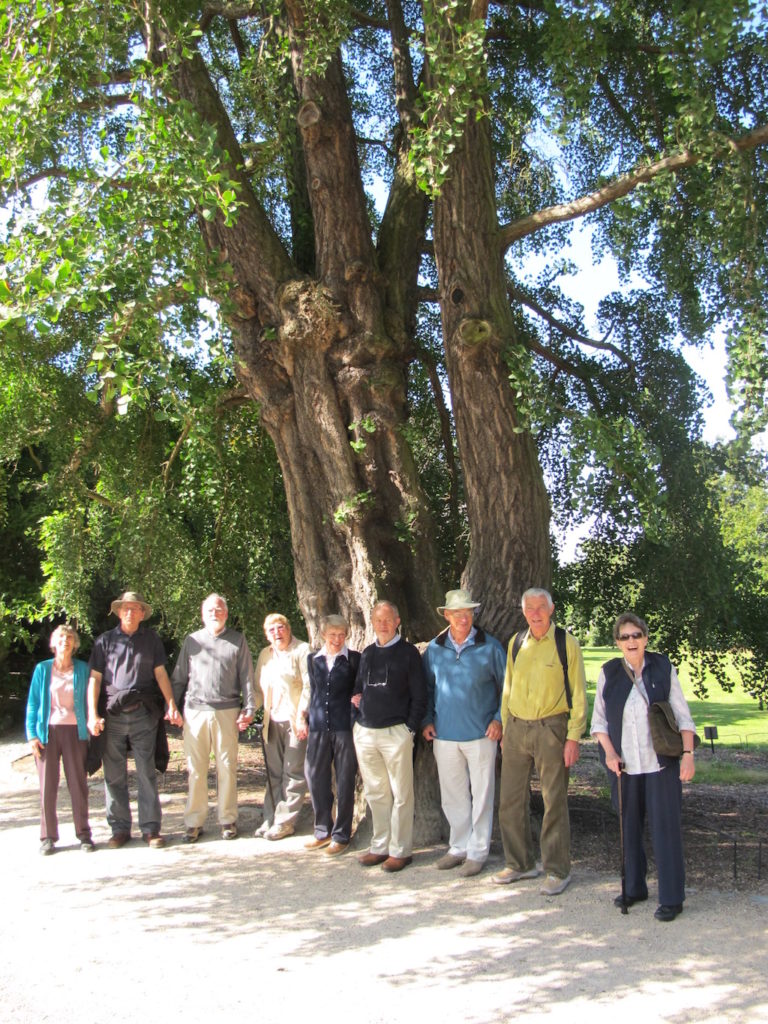 |
| Capparis spinosa ssp nummularia, I’m fascinated by the way the flowers change from bright white (to attract pollinators at night) to pink once its too late—Helen Vonow |   |
| Rhizanthella gardneri, an underground orchid. These fascinating plants flower where no-one can see them and only some animals can find them—that’s not an orchid! —Robyn Barker |
 CC BY 2.0 Fred Hort |
| Ptilotus sp. (mulla mulla), amazing combination of texture, colour and shape in this smoky pincushion—Teresa Lebel |  |
| Two bearded orchids from Mark Oliphant Reserve. One is Calochilus robertsonii, a bearded orchid. The other is Pterostylis plumosa, a bearded greenhood. Both are trying to trick insects into pollinating them. I like the thrill of the hunt of trying to find them 🙂 —Andrew Thornhill | 
|
| Reflections—an ordinary little stump can be turned in to an intriguing complex pattern—Teresa Lebel |  |
| Acrotriche fasciculiflora (Mt Lofty Ground-berry) is fascinating for its cauliflory, with flowers packed around the base of its main stems, an adaptation for pollination or fruit dispersal by small vertebrates perhaps?—Peter Lang | 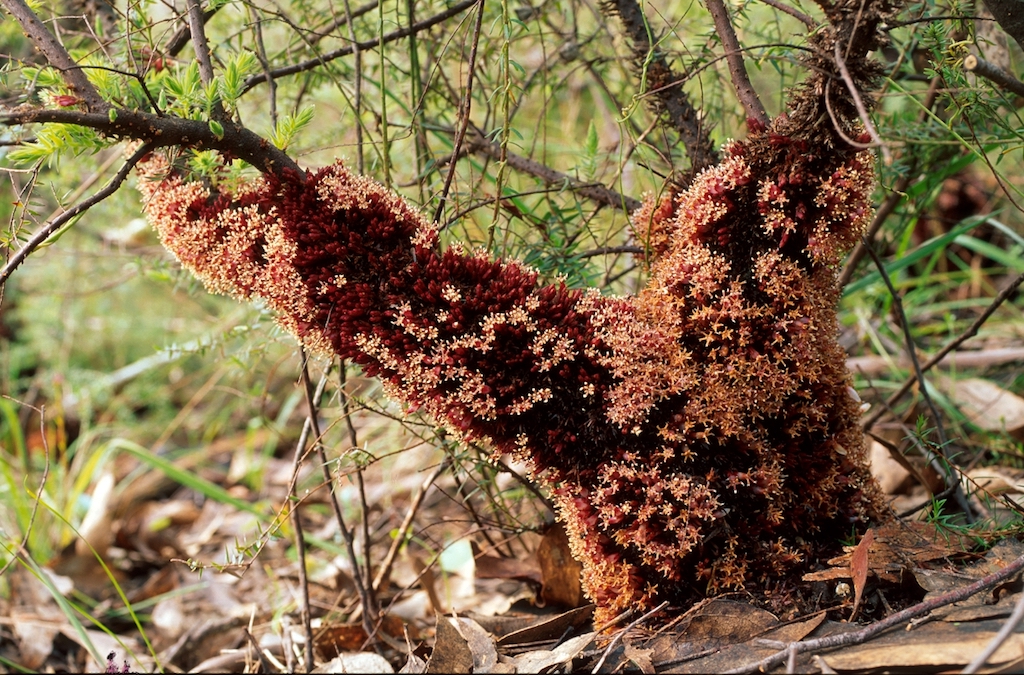 |
| Washingtonia robusta (Cotton Palms), native to Mexico, can be seen emerging from the skyline in older suburbs and rural towns in drier districts. An occasional though generally benign weed, it appeared in gardens and parks in the later 19th and early 20th centuries—Laurie Haegi | 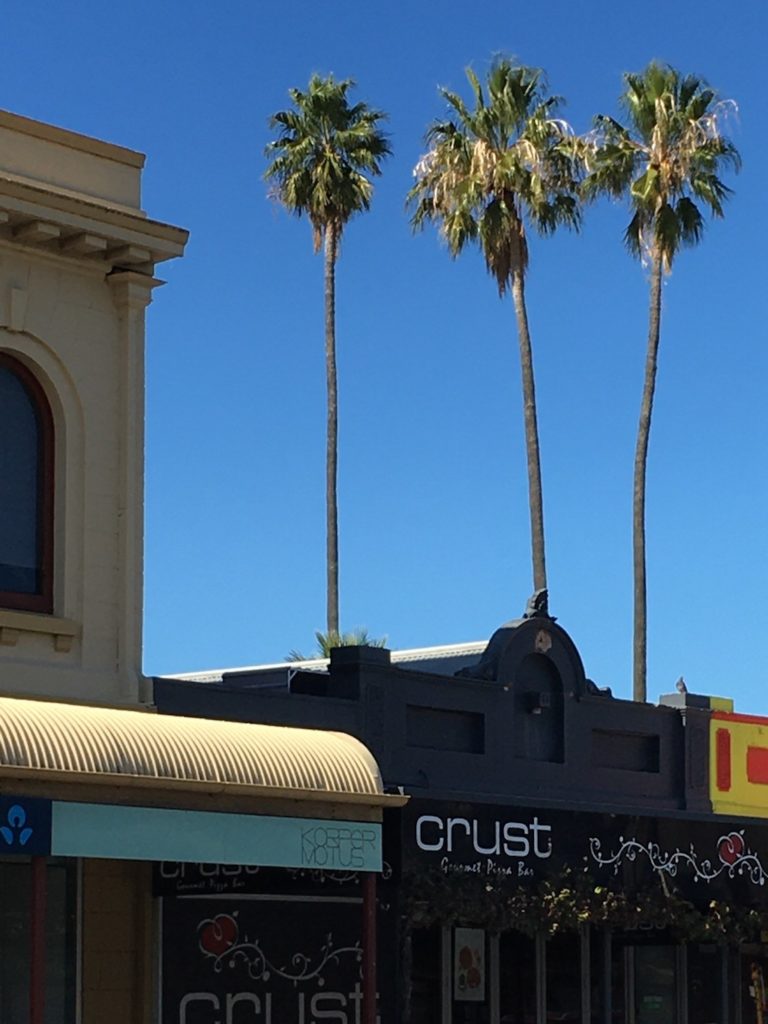 |
| Tillandsia ‘Houston’ (T. stricta x T. recurvifolia) are fascinating because of their novel growth habit (air plants) and because they lend themselves so readily to decorative use around the home—Manfred Jusaitis |  |
| Hakea aenigma, found only on the western lateritic sands of Kangaroo Island, is sterile and unable to fruit. It resprouts after fires from suckers over distances of more than 30 km. A single plant that is an evolutionary dead-end but surviving for perhaps thousands of years—Bill Barker |  |
| Nuytsia floribunda, The West Australian Christmas Tree, is a parasitic plant that is actually a mistletoe! It has a unique way of parasitising the roots of nearby plants, a set of hard and sharp ‘shears’ cuts through the root so Nuytsia can attach feeding points to enable it get water and minerals from its hosts—Ainsley Calladine | 
|

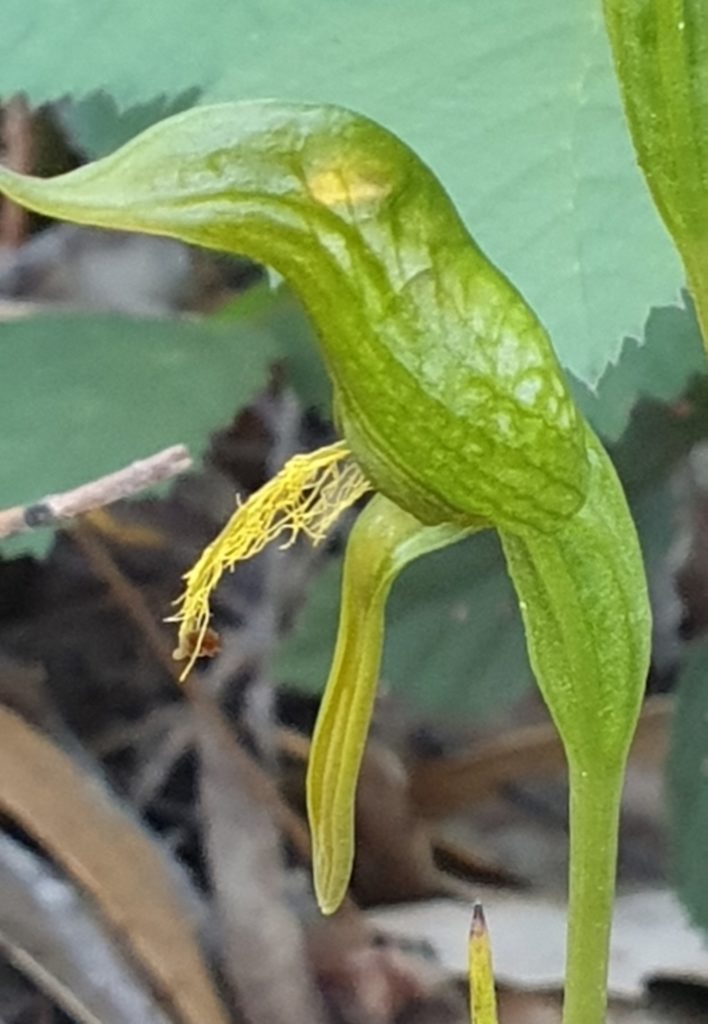




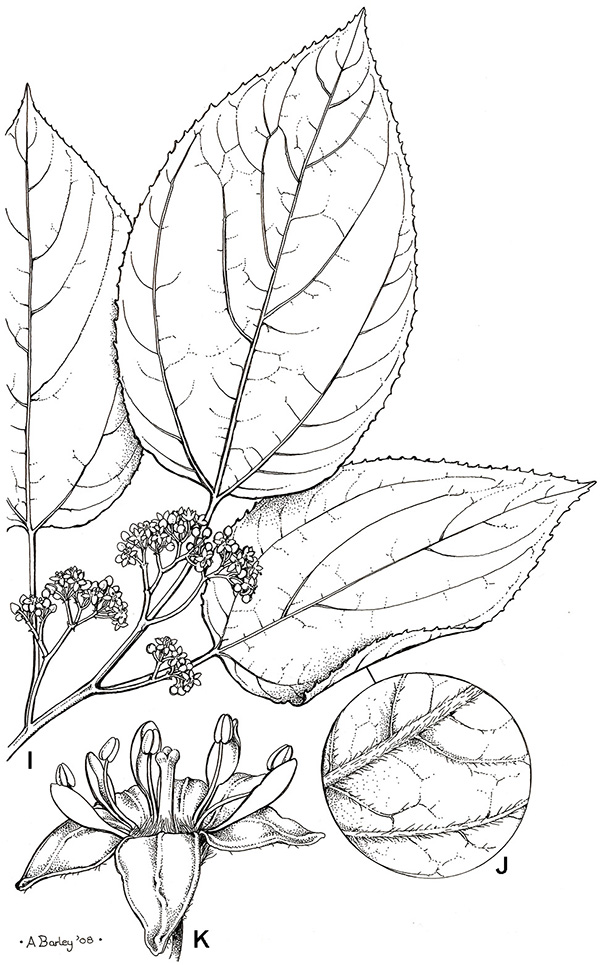



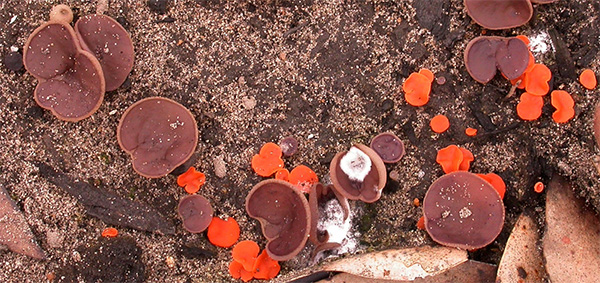
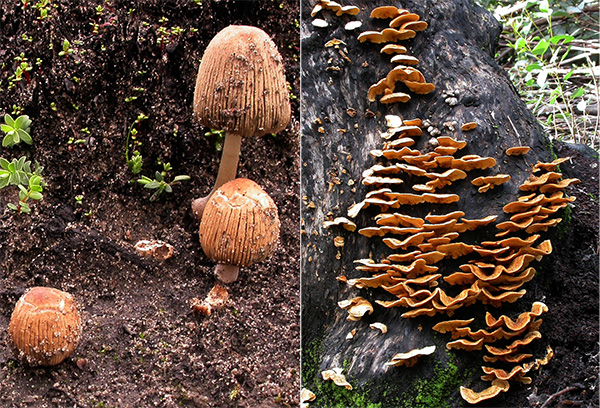



You must be logged in to post a comment.